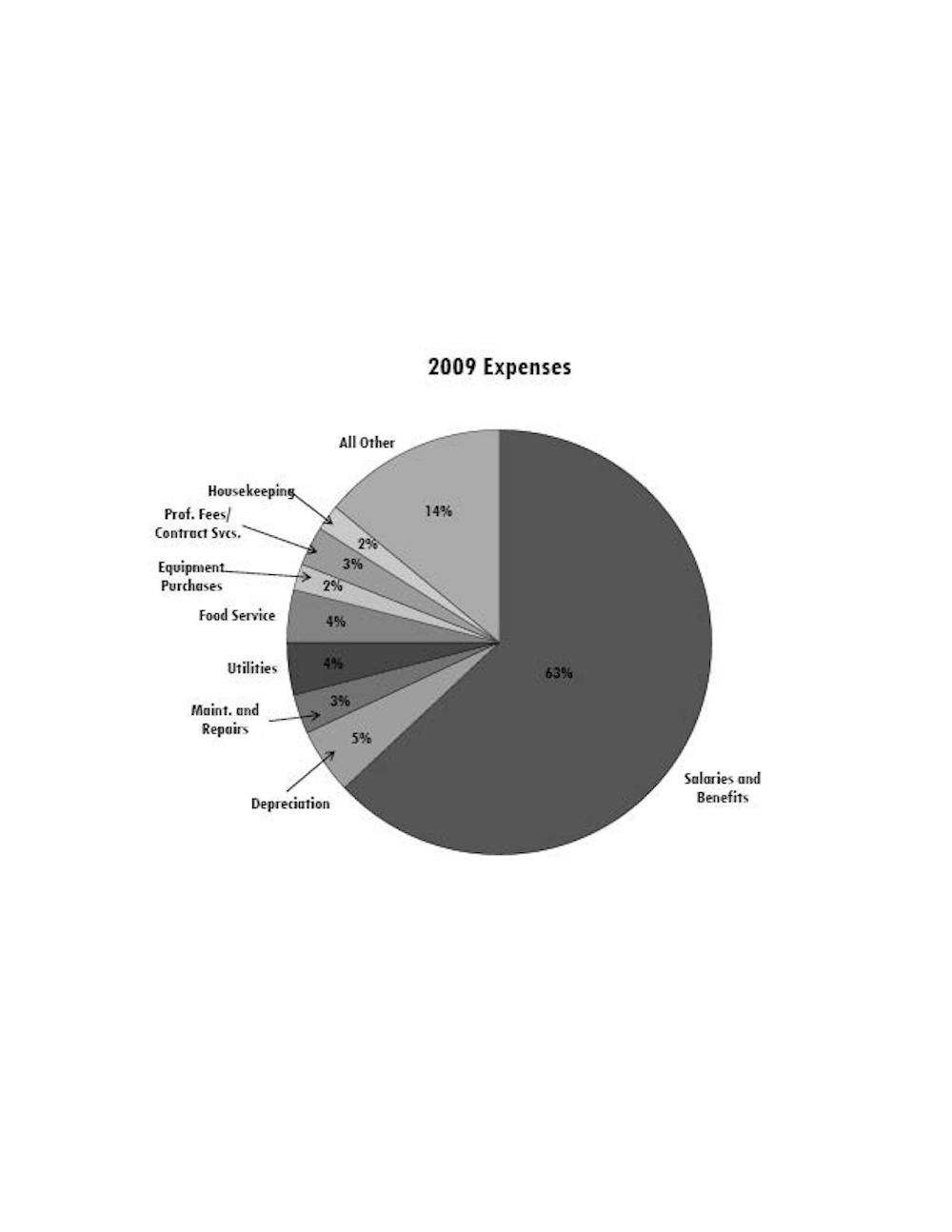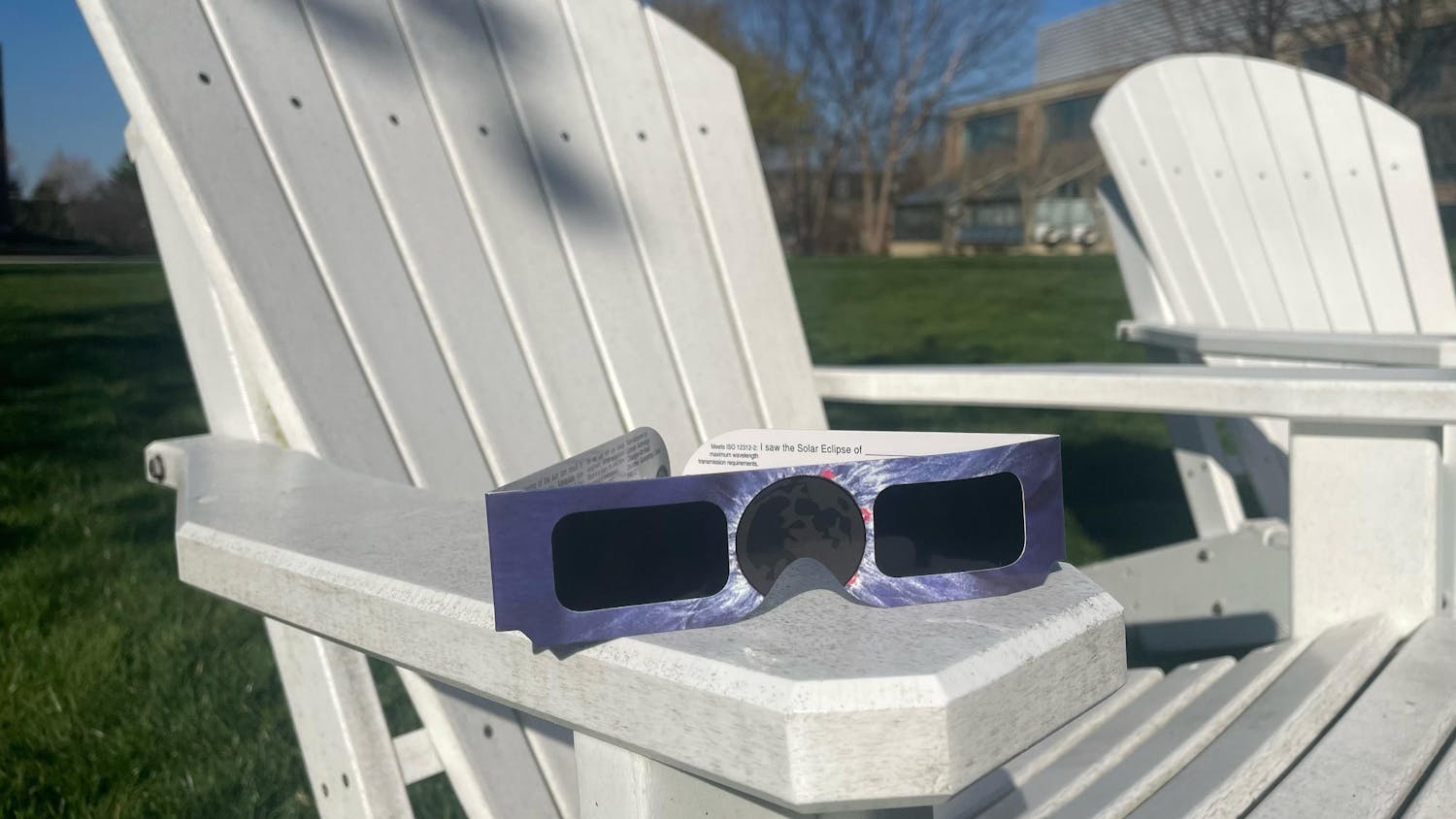The college is facing a budget crisis, and the administration is proposing an additional $450,000 cut to college expense budgets and $360,000 in cuts to employee retirement.
"This isn't the address a new president wants to give in the first 100 days," President Kathy Krendl said.
The administration is proposing to the Board a 3 percent reduction in retirement contributions and a 3.5 percent reduction in discretionary expenses college wide to go in affect Dec. 1, 2009.
Since salary and benefits are the college's largest expense category, the administration has considered layoffs, mandatory short term unpaid dismissals, changes in health premiums and benefits, changes in retirement plans and decreases in wages.
"There is a $1.1 million shortfall that we need to make up," Dave Mead, vice president of Business Affairs, said.
According to Mead, the sour economy and high unemployment rate have caused credit freezes for students and families, loss in investments for the college and loss of willing and able donors for the annual fund. The college endowment has sunk from $100 million to $71 million. "No one is happy…I'm not happy," Mead said.
According to Mead, the college has already had to scale back on purchasing new equipment, on marketing and on library acquisitions. There have been no wage increases and employee positions have been left vacant.
"We are not alone in this process," Krendl said. According to Mead, other peer colleges like Baldwin-Wallace College and Capital University are reducing their retirement by one-fourth or having pay cuts across the board as high as 7-10 percent.
One problem addressed was Otterbein's retention rate. "The retention committee has been more reactive than proactive," Robert Gatti, vice president of Student Affairs, said. "We lose way too many of our traditional students."
Student Affairs has begun using MAP-Works©, a new software that aids in minimizing students who drop due to situations that could be addressed by staff. "We need data of who and why we're losing students," Gatti said. "We will gain more comprehensive sense of issues students go through."
"Enrollment is the key," Mead said. As vice president of enrollment, Thomas Stein is vital to turning the college around.
"My job has always felt stressful," Stein said. "It goes with the position. You have to have pressure to meet enrollment. I thrive on it."
Stein said that he plans on having the largest growth of enrollment in the continuing studies program.
"The increase in enrollment had a negative effect on the college," Mead said. Even though enrollment went up from 2,285 full-time undergraduate students in ‘08-‘09 to 2,326 in ‘09-‘10, the number of "high aid" students increased.
According to Mead, the college puts together over 1,500 freshman financial aid packages each year knowing most will not choose Otterbein.
In 2008, the college earned $54.3 million and gave $21.8 million (approximately 40 percent of earned) away as awards for students. In 2009, however, the college gave nearly 43 percent of its earned tuition in awards. This gave Otterbein an additional $900,000 deficit.
In order to increase tuition revenue, the college contracted a two-year agreement with financial firm Hardwick/Day to optimize enrollment. "I think as we put new programs in, students will pay for that," Stein said.
According to Mead, the number of Ohio high school graduates is projected to drop by 10 percent. "We are working hard to press outside of Ohio to bring more students," said Stein.
The new science and equine facilities (which added $26 million in debt), the development of 4-5 new graduate programs and making at least 75 percent of all graduate and continuing studies courses available online by summer of 2010 are hoping to grow enrollment to 4,800.
"I assure you. We will work our way through this," Krendl said. t&c;
Reaction
"I can't wait to spend the next four years here. I am afraid because it's a private college. We rely on other sources for funding. I run cross country, and we have really nice buses. I really like them, but I know that could be cut. I'm over at the equine center a lot, and it's so nice. But now I feel bad knowing that people are suffering, and I'm in this nice building."
?Tiffany Fritz
freshman pre-vet
"They (staff) might reconsider if their incentives are being taken away. The perk of a small school is that professors can help beyond the class. This can affect the appeal for the professors to choose to be here at Otterbein versus other schools."
?Casey Buckler
freshman psychology
"Obviously no one's happy about it, but I think people are committed to not having it effect students. We're in a period where we're trying to do more with less. We're trying to innovate to attract new students. In a few years, the hope is to be up (enrollment) 50, even 150 students."
?Paul Eisenstein,
Dean of the School of Arts and Sciences
tuition driven: Tuition comprised 59 percent of ‘09's budget.






